DIY Polymer Clay Succulent Plants

These DIY clay succulent plants are super easy to make and create the cutest planters you’ve ever seen! Follow this step by step visual tutorial to make your own…
Seriously, how darling are these clay succulents?! Too busy to make them right away? Pin this post for later! Pin this project to your favorite craft board on Pinterest and it will be there when you’re ready.
Be sure to check out a few of my other polymer clay projects like these cute Vegetable Garden Markers and these adorable Clay Smores!
This clay succulent craft is seriously the best. It’s way easier to create than it looks and as you know, faux plants are my favorite because chances are, I won’t kill them! This easy craft is a great way to add a pop of color and whimsy to your space.
This post contains affiliate links.
Supplies that you will need:
- parchment paper
- baking sheet
- polymer clay in blue green, dark green and light green
- clay cutting and shaping tools
- toothpicks
- mod podge
- paint brush
- plant pot
- potting soil or small rocks
How to make clay succulent plants:
- Begin by forming the clay into a soft, malleable ball.
2. Roll 1 cm clay balls in each of the three green colors.
3. Form the balls into three different shapes to create three different kinds of succulent plants.
4. Cones, leaves and tear drops.
5. Press 6-8 of the leaves together at one end to form a flower shape.
6. Layer 4-6 of the leaves on top of that.
7. Finish with 3 more leaves and plant one is complete.
Now lets make a plant with the cones…
8. Flatten a ball into a flat disk and press the end of the cone shapes around the edge of the disk.
9. Bring the cones up to the center and press together to form another plant.
Let’s make the last plant…
10. Press four of the tear drops together at the rounded base.
11. Layer the tear drops alternatingly to create another plant.
12. Repeat these steps to make many plants of varying sizes and shapes.
13. Poke a hole in the underside of each clay plant for a toothpick.
14. Bake the clay as directed in the oven. For me that was 25 minutes at 200 degrees.
15. Once the clay has cooled, seal with mod podge.
16. Using a toothpick, place each plant into the soil or rocks of the plant pot.
Super cute and easy right?! And they can totally be made and personalized in a hundred different ways! Change up the colors and shapes for a wide variety of little clay succulents.
My essentials for clay crafts:
- We love using this Sculpey Polymer Oven Bake Clay for all of our projects.
- This clay shaping tool kit is a must have for clay crafting!
- These paint brushes are ideal for most craft surfaces and a great price!
- This rolling storage cart helps to keep our craft supplies organized.
This pretty turquoise blue/green color was my favorite. If you make these, I would love to see them, please share!
Polymer clay crafting tips:
- Work with a high quality product like sculpey clay.
- Use plastic wrap in an air tight container to store clay.
- Score where you want two pieces of clay to stick together.
- Shape cutters work best on a flat, solid work surface.
- A craft oven is not needed.
- Bake at low temperatures to allow the clay to set slowly and prevent cracking.
- You can find clay of all kinds of different colors at Michaels stores.
If you love these DIY Clay Succulent Plants, please help me share them on Facebook and Pinterest so that others can enjoy them too!
Materials
- parchment paper
- baking sheet
- polymer clay in blue green, dark green and light green
- clay cutting and shaping tools
- toothpicks
- mod podge
- paint brush
- plant pot
- potting soil or small rocks
Instructions
1. Begin by forming the clay into a soft, malleable ball
2. Roll 1 cm clay balls in each of the three green colors.
3. Form the balls into three different shapes to create three different kinds of succulent plants.
4. Cones, leaves and tear drops.
5. Press 6-8 of the leaves together at one end to form a flower shape.
6. Layer 4-6 of the leaves on top of that
7. Finish with 3 more leaves and plant one is complete.
8. Flatten a ball into a flat disk and press the end of the cone shapes around the edge of the disk
9. Bring the cones up to the center and press together to form another plant.
10. Press four of the tear drops together at the rounded base.
11. Layer the tear drops alternatingly to create another plant.
12. Repeat these steps to make many plants of varying sizes and shapes.
13. Poke a hole in the underside of each clay plant for a toothpick.
14. Bake the clay as directed in the oven. For me that was 25 minutes at 200 degrees.
15. Once the clay has cooled, seal with mod podge.
16. Using a toothpick, place each plant into the soil or rocks of the plant pot.
More clay craft projects:
Clay Farmhouse Ornament Tutorial with Printable Templates
How to Make a Clay Plant Pot
How to Make Polymer Clay Snowflake Ornaments
DIY Clay Vegetable Garden Markers
How to Make a Yarn Bowl With Polymer Clay
DIY Boho Clay Wall Hanging
Smores Polymer Clay Craft
DIY Polymer Clay Mushrooms
DIY Clay Fruit Garden Markers
Mini Succulent Clay Craft
Enjoyed the project?
Resources for this project:
See all materials
Comments
Join the conversation
-
 Heather Ruiz
on Apr 27, 2022
Heather Ruiz
on Apr 27, 2022
So many cute projects. Thank you for sharing.
-
-
 Christie Decker
on Apr 27, 2023
Christie Decker
on Apr 27, 2023
Polymer clay doesn't need to be sealed. If you use air-dried clay such as cold porcelain, please do remember to seal it, or it may dissolve in the moisture against the soil, but polymer clay has no need to be sealed, it will not absorb any moisture. Blessings!
-



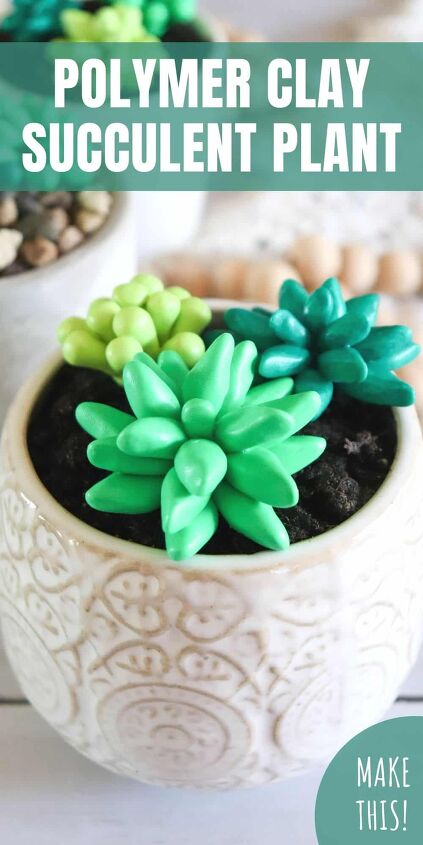






































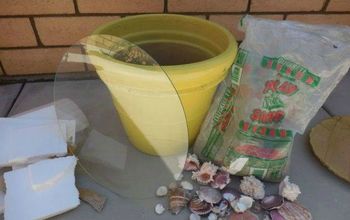




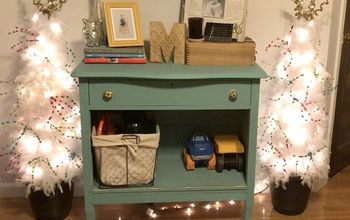
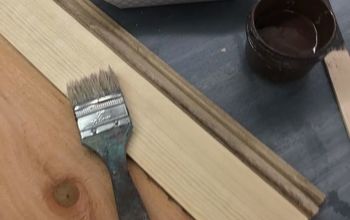


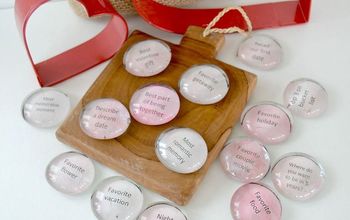





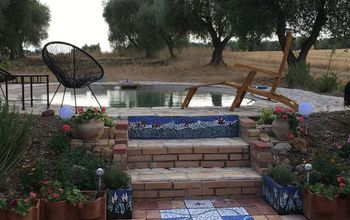



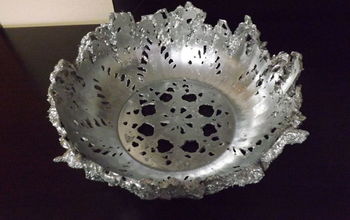


Frequently asked questions
Have a question about this project?